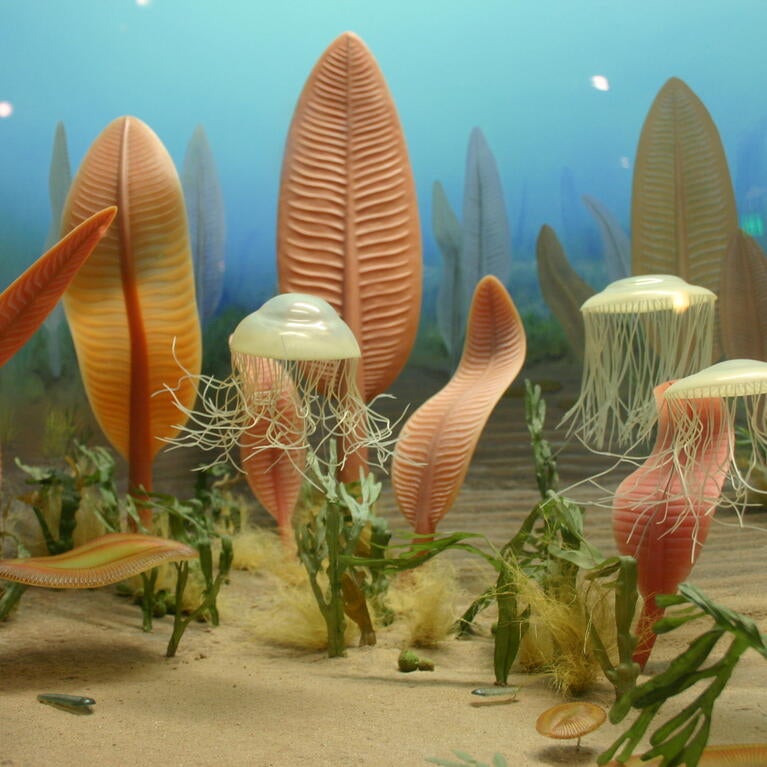
Remembering ‘isotope queen’ Marilyn Fogel, pioneering scientist, beloved mentor
Marilyn Fogel, endowed geoecology professor at UC Riverside, died on May 11 in Mariposa, Calif. She was 69. She pioneered the use of isotopes to understand the life history of organisms, both modern and ancient. In so doing, she helped develop biogeochemistry as a new field of science and earned...
By Jules Bernstein |
| University
















